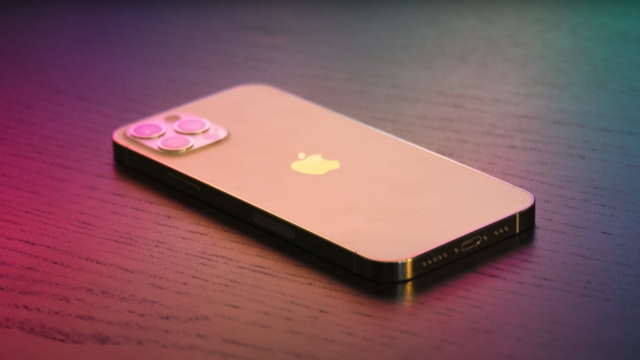What started out as a simple engineering project has now turned into a major windfall for the device’s creator after an auction for the world’s first USB-C iPhone ended with a winning bid of $US86,001 (A$117,935).
Over the last few weeks, master’s engineering student Ken Pillonel’s project to add a working USB-C port to an iPhone X has delighted the internet. Unlike a lot of other superficial phone mods, Pillonel’s custom USB-C iPhone supports full functionality for both charging and data transfer without any impact on performance or increases to the phone’s overall dimensions.

In a recent video detailing the project, Pillonel showed how he had to not only reverse engineer Apple’s C94 connector in order to swap out Apple’s traditional Lightning port, he also had to create a custom circuit board to go inside the iPhone while modifying the iPhone’s chassis to fit the USB-C port’s slightly larger connector. After successfully creating the world’s first iPhone with a working USB-C port, Pillonel put the phone up for auction on eBay.
However, as impressive as the project is, it was unclear where the final price would land. That’s because after initial bidding started out around $US1,000 (A$1,370), bids quickly jumped up to $US30,000 (A$41,139) before eventually hitting $US80,000 (A$109,706), and that’s not including a few bids over $US100,000 (A$137,132) that were later retracted.
After all that — plus an apparent troll bid of $US1 (A$1.37) million — and stipulations from Pillonel that the winner should not tear down, update, or use the custom USB-C iPhone as a daily driver, the auction officially closed this morning with a winning bid of $US86,001 (A$117,935).
Some might call Pillonel’s USB-C iPhone project a mere novelty — particularly since it was created using an older iPhone X — but the sky-high winning bad and all the attention the project garnered seems like proof that people desperately want a USB-C iPhone.
And while some longtime iPhone users might get annoyed at having to switch to a new port (again), with all of Apple’s new iPads, MacBooks, and desktop PCs already featuring one or more USB-C ports, it’s become crystal clear that the iPhone is actually an outlier even among Apple devices.
But at this point it feels like Apple might make a fully portless iPhone before it swaps out its Lightning connector for USB-C. But for enterprising engineers like Pillonel and folks with deep pockets, the dream of a USB-C iPhone is a reality.
